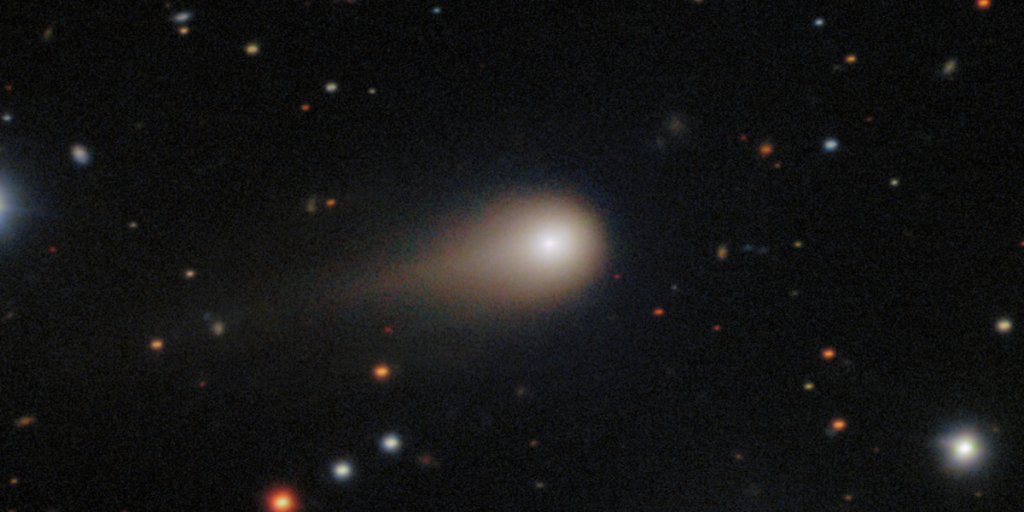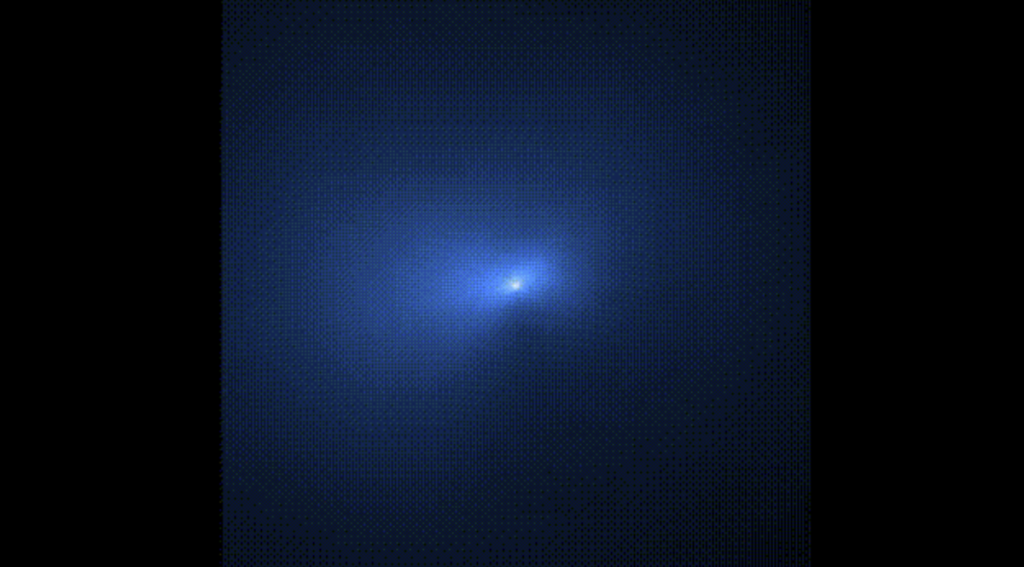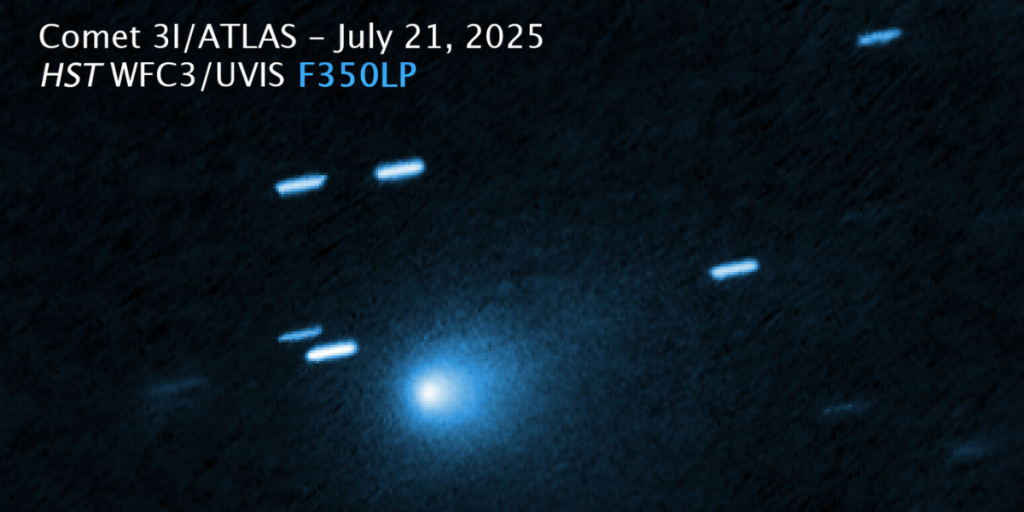MeerKAT Shows 3I/Atlas Is More Science Than Sci-Fi
Others are reading now
MeerKAT Shows 3I/Atlas Is More Science Than Sci-Fi
A Comet, a Signal, and a Lot of Hype

When an interstellar comet enters our solar system, it’s guaranteed to attract attention. Add in a radio signal and suddenly social media, podcasts and conspiracy forums explode with talk of alien probes and secret messages.
But most of the time, what scientists actually see is far more down-to-Earth: normal physics, normal chemistry, and a chance to learn about how comets behave between the stars. Comet 3I/Atlas is exactly that story — a rare visitor, surrounded by wild theories, now being carefully explained by real observations.
What MeerKAT Really Detected

According to Rollingout, the South African MeerKAT radio telescope has now picked up the first radio signal from 3I/Atlas — and it actually argues against an artificial origin.
The array of 64 antennas didn’t detect a broadcast or technology; it measured hydroxyl (OH) absorption lines at 1665 MHz and 1667 MHz.
Also read
These are classic chemical fingerprints produced by ordinary cometary gas, not alien transmitters. Because the comet lay close to the Sun during the observation, the geometry made these lines show up in absorption instead of emission, but the physics is completely routine.
Comet Chemistry and Solar Heating

These same OH lines have been seen for decades in nebulae, star-forming regions, and other comets, making them a standard tool in radio astronomy.
According to Rollingout, MeerKAT detected the hydroxyl signal on October 24, just five days before 3I/Atlas reached its closest approach to the Sun.
At that stage, increased solar heating would naturally drive sublimation and produce the OH molecules seen in the radio data.
Rollingout also notes that this same outgassing process can cause non-gravitational acceleration, slightly changing the comet’s path — a normal effect that helped fuel some of the early speculation about the object.
From Wild Ideas to Careful Follow-Up

Also read
According to Rollingout, astrophysicist Avi Loeb, who suggested 3I/Atlas might have technological origins, acknowledges the hydroxyl result and notes that no other unusual radio emissions have been reported.
He still argues for continued monitoring, asking whether OH production changes over time and how the tail is structured — but that is standard scientific caution, not proof of anything exotic.
The comet’s story will continue: in 2026, 3I/Atlas will pass relatively near Jupiter, and NASA’s Juno spacecraft plans to listen at low radio frequencies to further probe its properties as it moves through the outer solar system.
What the Radio Signal Really Tells Us

Taken together, the MeerKAT detection and follow-up plans show how science handles extraordinary claims.
A “mysterious signal” turned out to be textbook comet chemistry, fully consistent with known physics and observations of many other icy bodies. The object’s interstellar origin and small trajectory shifts are fascinating, but they fit naturally within what we already understand about comets.
Also read
Rather than confirming an alien probe, the data so far strengthens the case that 3I/Atlas is a rare but normal visitor from another star system.
A Visitor Worth Studying, Even Without Aliens

For some people, the fact that 3I/Atlas is almost certainly not an alien spacecraft will be disappointing. But scientifically, this comet is still a gem: a piece of another planetary system flying through our neighborhood, letting us test our theories about ice, gas, and interstellar travel.
The hype around “signals” and conspiracies may fade, yet the real story is better in the long run — careful measurements, patient follow-up, and a deeper understanding of how the universe works, no extraterrestrial drama required.
This article is made and published by August M, who may have used AI in the preparation


